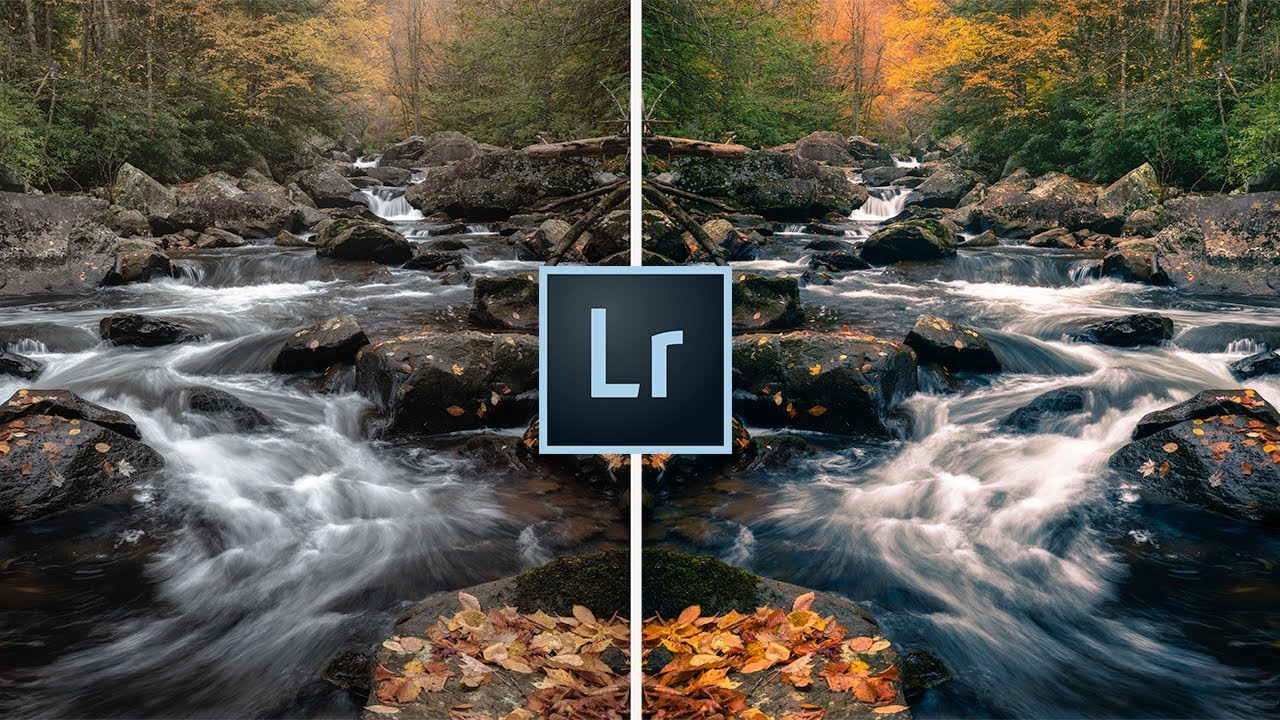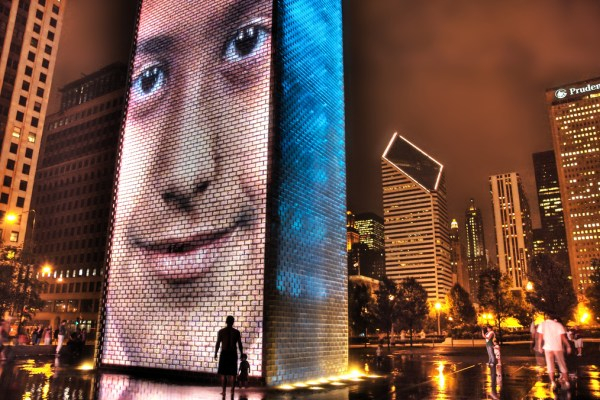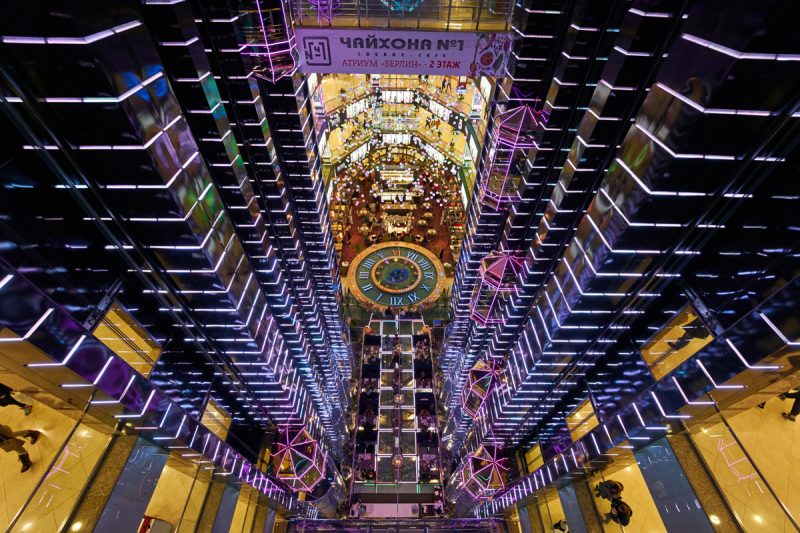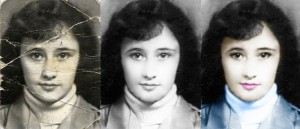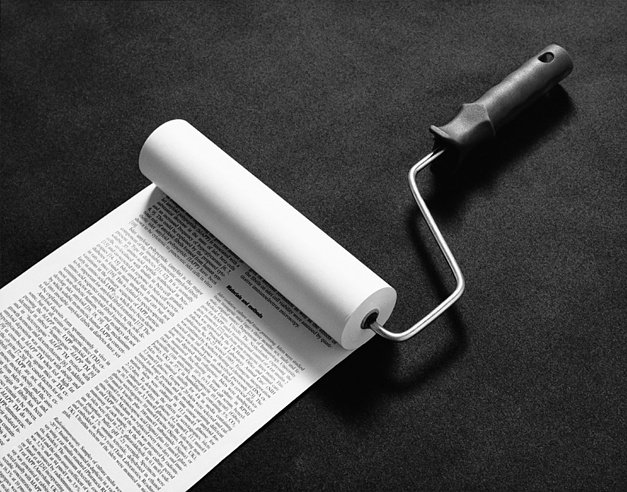WHAT COLOR OF SNOWFLOT, OR HOW TO GET RID OF BLUE SNOW?
 Snow! A great many of us love to watch white grains gently fall from the sky. A day off with children, full of running around and happy sledding and snowball shootout … who does not like that? And when in the evening, after a hearty and tasty dinner, you sit down at the processing of photos, it comes time to be surprised … Wait a second … why is the snow blue in half of the pictures? After all, there was no blue snow on the street!
Snow! A great many of us love to watch white grains gently fall from the sky. A day off with children, full of running around and happy sledding and snowball shootout … who does not like that? And when in the evening, after a hearty and tasty dinner, you sit down at the processing of photos, it comes time to be surprised … Wait a second … why is the snow blue in half of the pictures? After all, there was no blue snow on the street!
How to get rid of blue snow; Snow turns blue, because not all cameras “see” objects equally. The human eye and brain are still a thousand times better than the average camera when performing tasks such as determining contrast and color correction. For a healthy human eye, snow looks like daylight, for the most part like snow — that is, white veil of snow-white color. In the sun? White. In the shadow? White. Even in the dark of night, it usually looks white, unless it is painted with city lights.
Snow turns bluish when the camera cannot recognize how a snowdrift looks in the shade. Again, different cameras will process objects in different ways, and perhaps your camera always copes perfectly with the recognition of white snow, however it also “fails” and gives out a bluish snow in the frame.
What to do? How to cope with the technical imperfections of their own photographic equipment?
In a compact camera, it is often possible to choose a white balance called “Shadow”. This parameter can also be used in mirrors. Thus, the photographer tells the camera that the main object does not receive direct rays of the sun (and the light is about 7500K), while daylight at noon is about 5000K (+ – a few hundred K). If the camera is aimed at the solar area and then at the shade, it may simply not switch quickly enough. This also happens if the picture is a mixture of shades and objects illuminated by direct sunlight.
Keep in mind that even if you do not shoot the snow directly, but something else, a bluish tint will still be present.
Let’s look at some examples and clearly see the importance of adjusting the white balance in images with snow. Will use the same photo. In the post-processing program, reset the blue in each photo to zero to show the degree of color rendering. Our picture contains very few natural blue shades.
ISO 100, 60 mm, 1 / 125s, f / 5.0, Canon 7D, Canon 28 mm-300 mm lens, the frame was taken shortly after sunrise. This is a test picture with a white balance set to “Daylight” selected in the camera (5250K).
Now, choose “Cloud” in the post-processing program (compliance 6500K). Below, you see the original image still with blue saturation set to 0.
Finally, a white balance selection tool was used for a point with well-lit snow on the railing. This resulted in a temperature of 9700K.
How to get rid of blue snow How to get rid of blue snow
It is interesting to note the decrease in the overall saturation of blue, which is obviously felt when choosing different settings. As it becomes less blue, the yellow color becomes prevalent. The setting “Shadow” came closest to the colors in real life.
If you are wondering what the picture looks like in mixed light, here are the same pictures taken around 1 pm (half an hour after the midday sun). ISO 100, 60 mm, 1/200 s, f / 7.1, Canon 7D, Canon 28mm-300mm. Installed “Daylight”. (5250K)
Using the point of choice for white balance in the snow, which is illuminated by the sun, the average reads came to 5200K. This white balance turned out to be closest to shades in real life.
In the mixed picture, there is little that can be done to get rid of the blue of the snow, without removing all of the blue in the subsequent processing. But then the image will often look fake, especially if there are some blue objects in it. But a slight decrease in blue saturation helps. In essence, this is the same thing that our brain does when it perceives images through the eyes.
Correcting the bluish tint of snow can be as simple as choosing the white balance setting “Shadow” on your camera before shooting. While this setup may not have seemed so important before.
